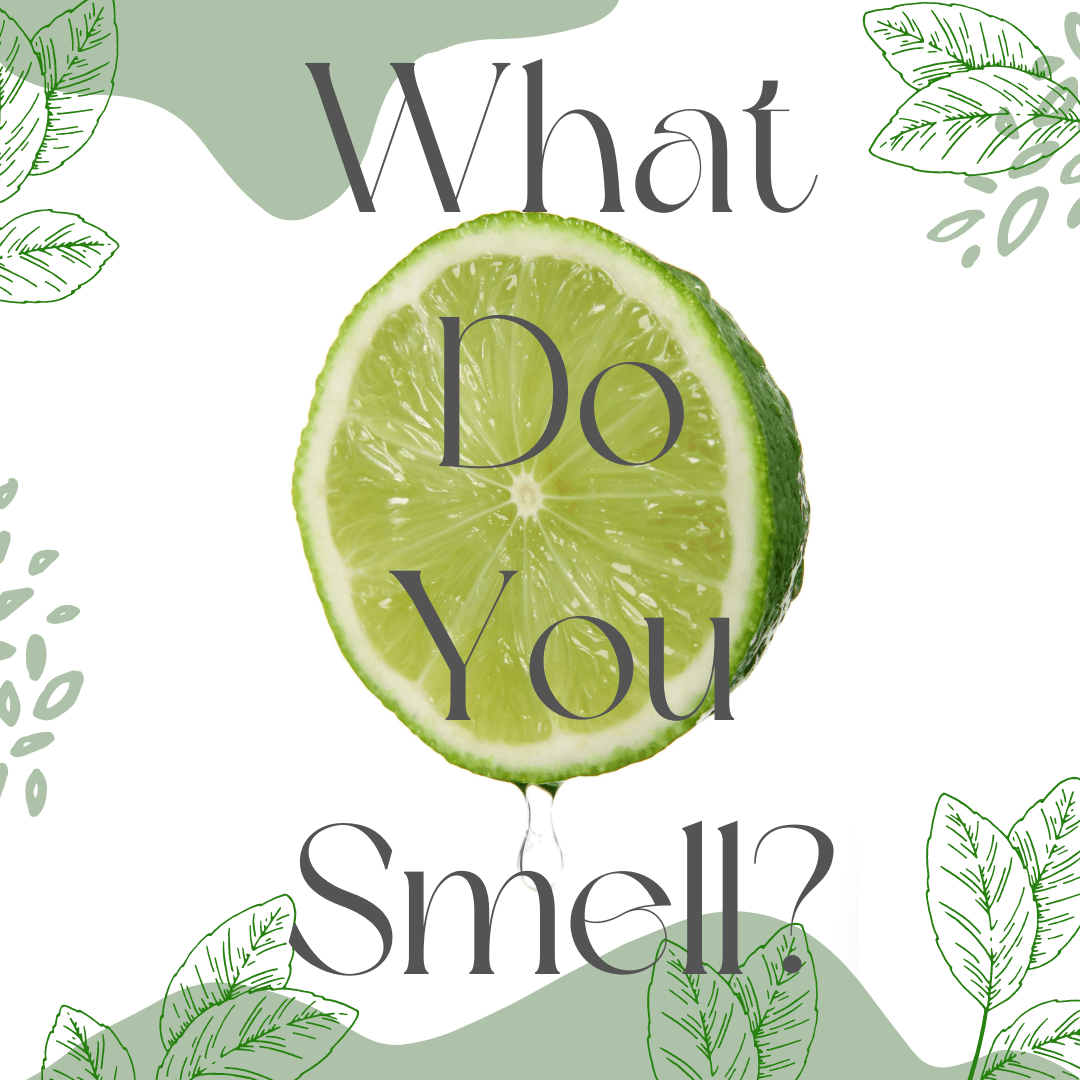
- How to Taste Fruit in White Wine
- Why Use this Strategy to Smell White Wines?
- What Do the Fruit Categories in White Wine Tell Me About the Wine?
- What If I Smell More Than One Type Of Fruit in My White Wine?
- Thirsty for More?
How to Taste Fruit in White Wine
Hint: Instead of trying to tease out particular fruit aromas in your white wine, try to pick out categories of fruit. You’ll want to start out with the big picture.
You can divide white wine fruit flavors into 4 broad categories: citrus fruits, stone fruits, green fruits, and tropical fruits.
Experienced wine enthusiasts often intimidate new-to-wine drinkers by rattling off an endless stream of aromas in the wine. Lemon! Melon! Grass! Seriously?
But what if you can’t smell any of these things?
Fear not! You, too, can identify individual fruit aromas in your white wine.
Steps to Taste Fruit in White Wine
- Pour yourself a glass of white wine
- Swirl your wine in the glass and lift it up to your nose.
- Take a deep sniff of the wine.
- Do you smell green fruit? Gooseberry, green apple, green pear
- Do you smell citrus fruit? Grapefruit, lemon, lime, orange, mandarin
- Do you smell tropical fruit? Pineapple, banana, mango, papaya
- Do you smell stone fruit? Nectarine, peach, apricot?
Next Step: Narrow Down the Fruit You Smell

The next step will be to think of different types of citrus fruits: grapefruit, lemon, lemon zest, lemon curd, lime, lime zest, mandarin…
Any citrus you can brainstorm may be a contender, so go through your mental list of citrus fruits.
Do any of these particular aromas stick out in the wine’s profile? Maybe. Maybe not.
If you’re not ready for this step, then skip it. Focus on the broad categories. In time, you’ll start to think, “That’s lemon!” or, “That’s definitely green apple!”
You’ll soon have a fruit cocktail of flavors swirling in your glass along with your wine.
Why Use this Strategy to Smell White Wines?
Putting pressure on yourself to name individual aromas can be overwhelming if you’re a wine newbie.
Not to mention that trying to force yourself to come up with aromas can suck the enjoyment out of the experience – especially if you start to compare yourself to more seasoned tipplers.
Start with a broad category, like citrus fruit. Easy. Done.
Don’t feel like you need to pick out nuances in the wine. But if you want to go beyond the broad category of fruit…then you’ll want to do this next.
What Do the Fruit Categories in White Wine Tell Me About the Wine?
White wine grape varieties express classic fruit aromas.
- New Zealand Sauvignon Blanc brings powerful punches of passionfruit.
- Pinot Grigio loves green apple in the glass.
- Viognier is a bit like fruit cocktail and mandarin.
But wait, there’s more!
In addition to the classic aromas, weather and growing conditions can change the fruit’s profile.
Warmer climate Chardonnay will likely express stone fruit and maybe even some tropical notes with pineapple or banana.
Cool climate Chardonnay will have a zesty bite to it with green apple and lemon.
These nuances are one reason wine lovers wax poetical about the differences between bottles and vintages (harvest years).
What If I Smell More Than One Type Of Fruit in My White Wine?
If you’re smelling different categories of fruit, you may have a bottle with wine grapes sourced from different vineyards. Warmer vineyard sites tend toward stone (peach or nectarine) and tropical flavors. Cooler sites will have sharper, zestier notes with citrus overtones.
Or, wines that have a blend of green, citrus, or tropical fruits may, in fact, be blends of different wine grapes.
Blending adds complexity to the wine and can increase the wine’s overall quality.
Many classic white wine styles are blends.
White Bordeaux blends Sauvignon Blanc, Semillon, and Muscadelle. Australian Chardonnay often blends in Semillon. You may be drinking one of these or a similar classic wine blend.
Is there only one grape variety listed on the wine bottle label?
Not all labeling laws require that producers list each of the varieties of grapes in a bottle of wine. In the US, a wine labeled with a grape variety (e.g., Chardonnay) must be a minimum of 75% Chard.
Technically, 25% of your Chardonnay wine could be from a different grape not on the label.
Swirl, sip, and drink well!
Thirsty for More?
Check out this 30-second tasting tip on how you can smell your wines better by doing this one simple trick.
And here’s a great at-home wine experiment to get you tasting the difference between wine acid and tannin.



